A day after US President Donald Trump’s bold declaration of a “historic dawn for a new Middle East,” the much-vaunted ceasefire agreement has come under intense pressure, with Israel and Hamas accusing each other of violating the fragile agreement, even as world leaders rush to determine next steps to try to preserve it.
The first phase of the peace plan was to stop fighting, increase aid, and return all Israeli hostages in Gaza in exchange for the release of Palestinians imprisoned or detained in Israel.
By Tuesday, there was friction on all those points. Meanwhile, bloody clashes have broken out in Gaza as Hamas seeks to secure its power, including by executing those it accuses of collaborating with Israel.
“We are in a state of deep crisis,” Gershon Baskin, a veteran Israeli negotiator, said in an interview with BBC News.
“There is a lot of work to be done, and we cannot allow this agreement to collapse so quickly. It cannot be allowed to collapse at all.”
Nimrod Novik, a former advisor to the late Israeli Prime Minister Shimon Peres, fears that the Gaza ceasefire could be derailed amid mounting mistrust.
Israel threatens to reduce aid
After Hamas returned only four of the bodies of the 28 deceased hostages still in Gaza, Israel announced that it would not reopen the Rafah crossing between Egypt and Gaza, and would only allow half of the agreed-upon 600 aid trucks to enter the Strip.
Hamas then returned four more bodies on Tuesday evening.
Even before the agreement entered into force, the movement indicated that it would take some time to find all the remains, due to the massive effects in Gaza, where about 60% of the buildings were destroyed. Has been destroyed or damagedAccording to researchers from Oregon State University.
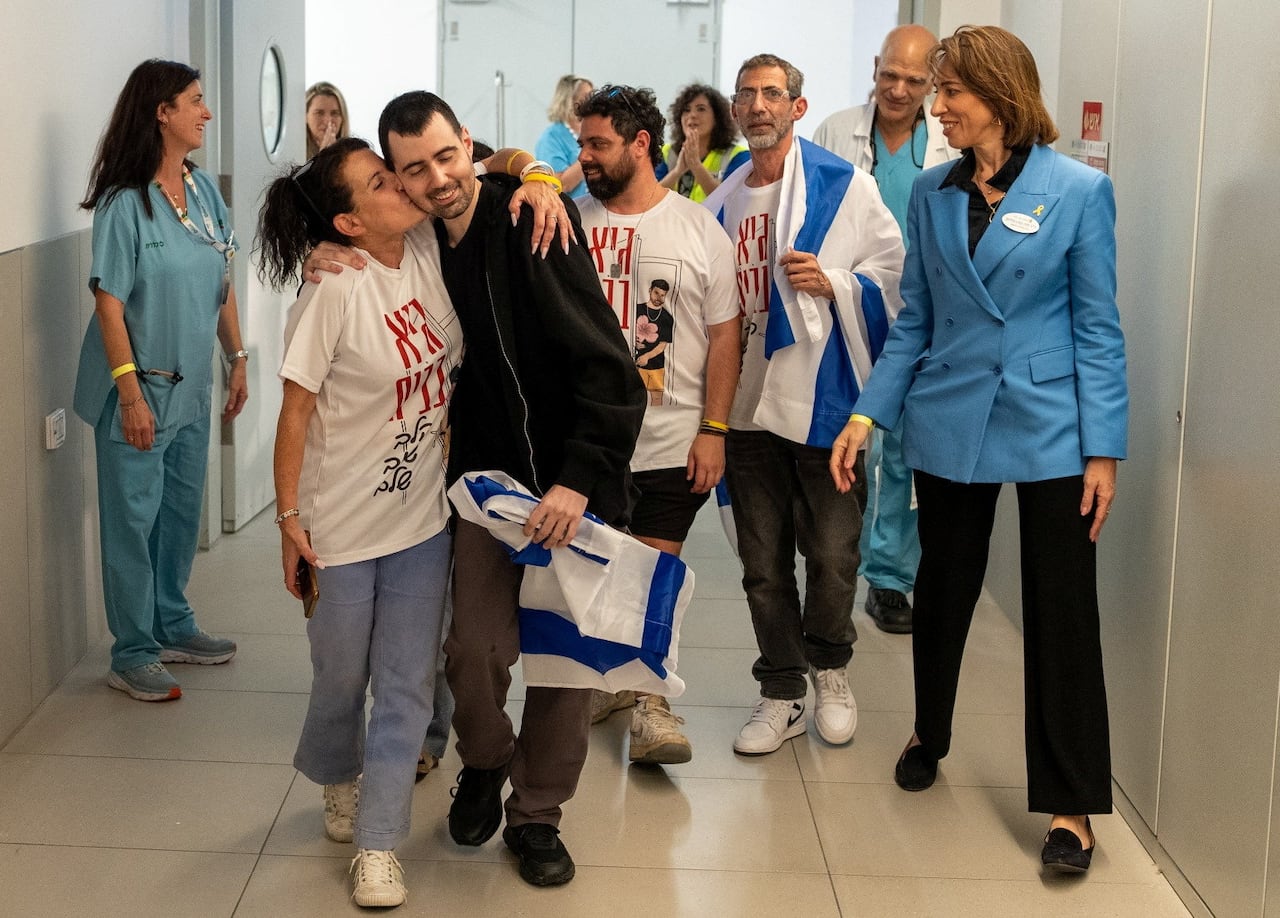
But on Tuesday, the Israeli government decided to reduce the much-needed aid, saying Hamas had violated the agreement.
He said: “We can control the number of trucks entering the Gaza Strip daily. We have things we can do, and I believe we can do it, and we need that.” Except for Haimi, whose husband, Tal Haimi, was killed while defending him Nir Isaac Kibotz. He was one of about 1,200 people killed in Israel during the Hamas-led attack on October 7, 2023; His body was later returned to Gaza.
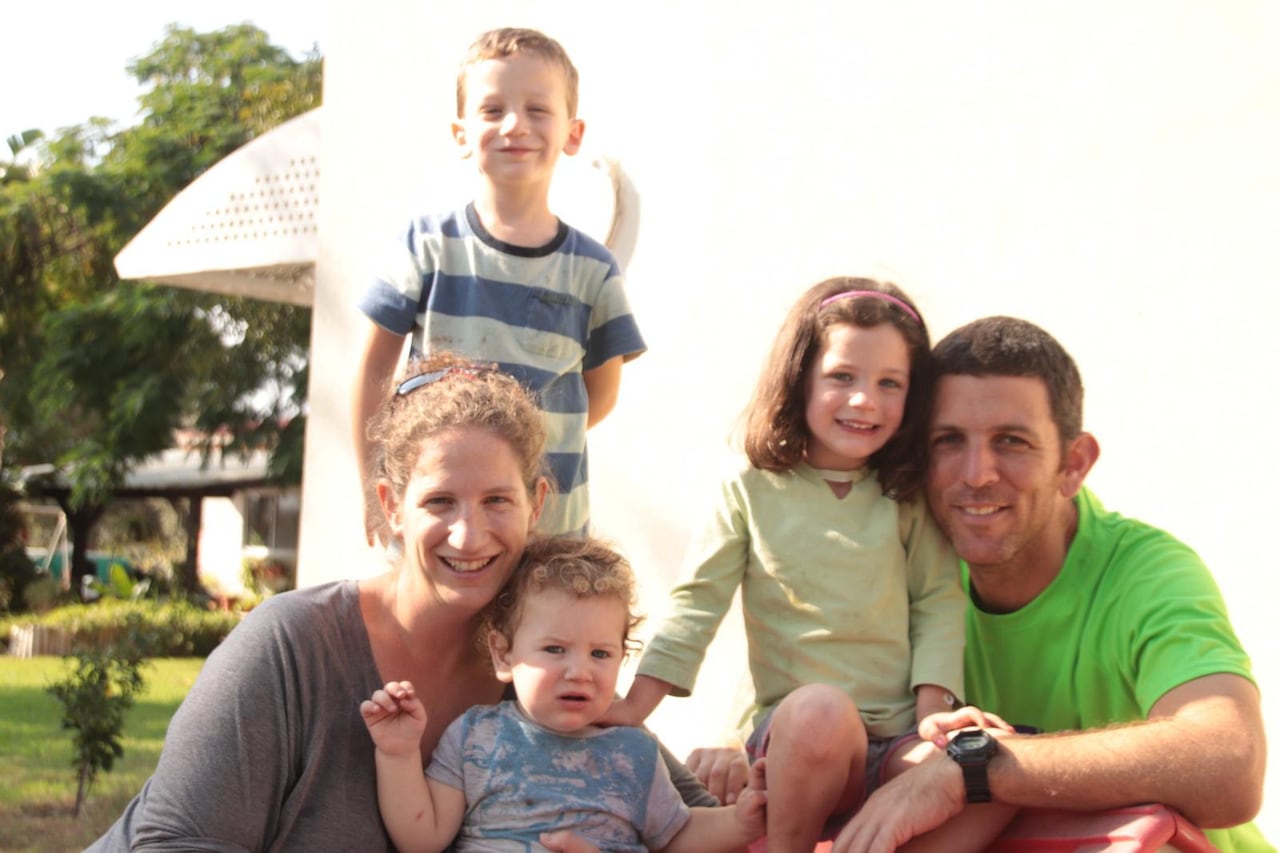
Al-Haimi, who at the time was two months pregnant with her fourth child, feared that her husband’s body would never be returned and that her family would not be able to bury him properly.
“I have hopes for my country and my government to put pressure on Hamas with the help of the international community,” she said in a Zoom call with reporters on Tuesday night.
She says she does not want the operation to move to the next stage until all the bodies are returned, but on Monday In Egypt, Trump announced that the second phase has already begun.
Power vacuum
The next stage requires Israel’s further withdrawal from Gaza, and Hamas giving up its weapons. This will almost certainly pose a major challenge, given that the armed group still exercises authority over the part of Gaza from which Israel withdrew.
Armed men wearing balaclavas were filmed patrolling the streets, and on Monday, a video surfaced on social media of Hamas fighters carrying out public executions of individuals accused of collaborating with Israel.
Many of them were also killed in clashes between Hamas and local gangs.
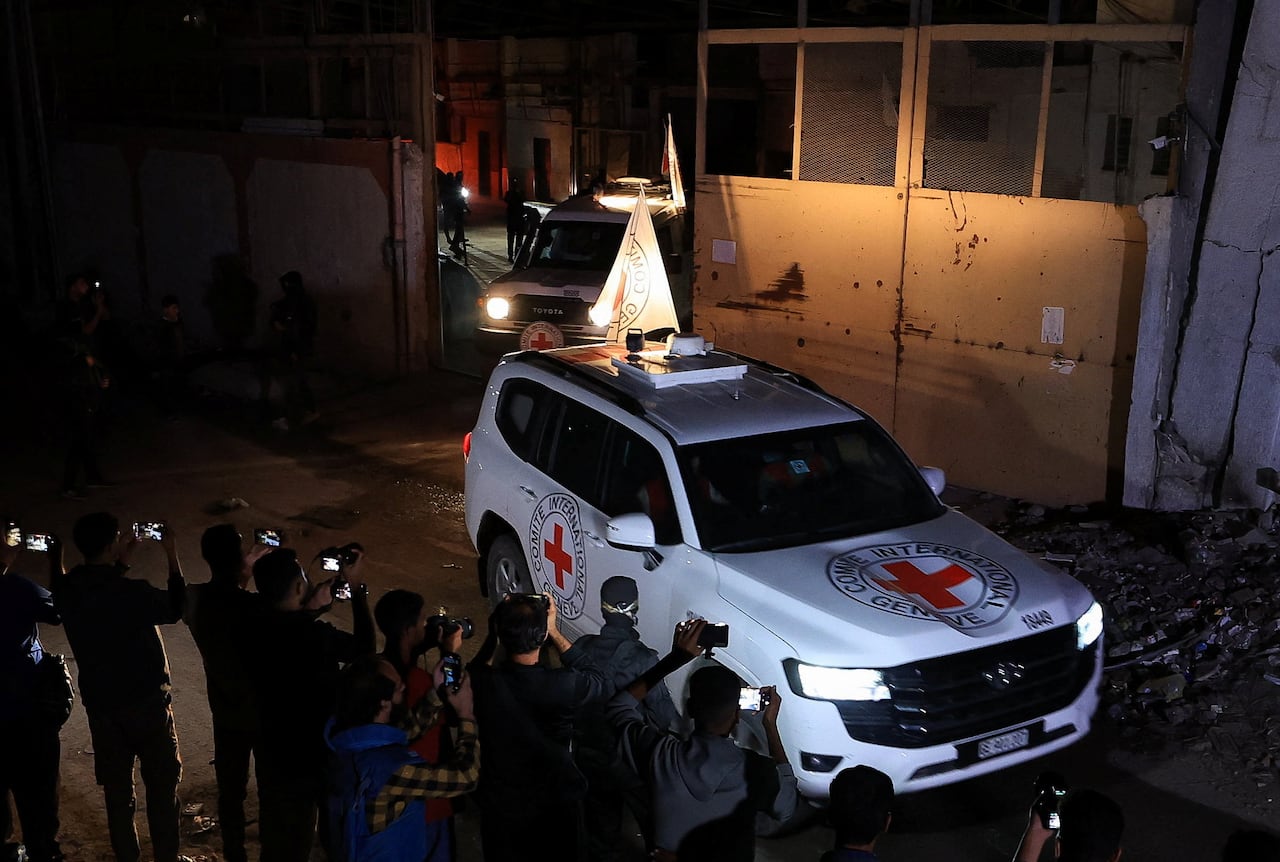
Under the agreement, a temporary international stabilization force will be deployed in Gaza, but there are not many details about which countries will send forces.
Nimrod Novik, a fellow at the Israel Policy Forum and advisor to former Israeli Prime Minister Shimon Peres, has been involved in diplomatic discussions about what a potential agreement might look like.
He says plans drawn up under former US Secretary of State Antony Blinken call for a force of about 35,000 soldiers to provide security and maintain order. Deploying this large number of forces will take time.
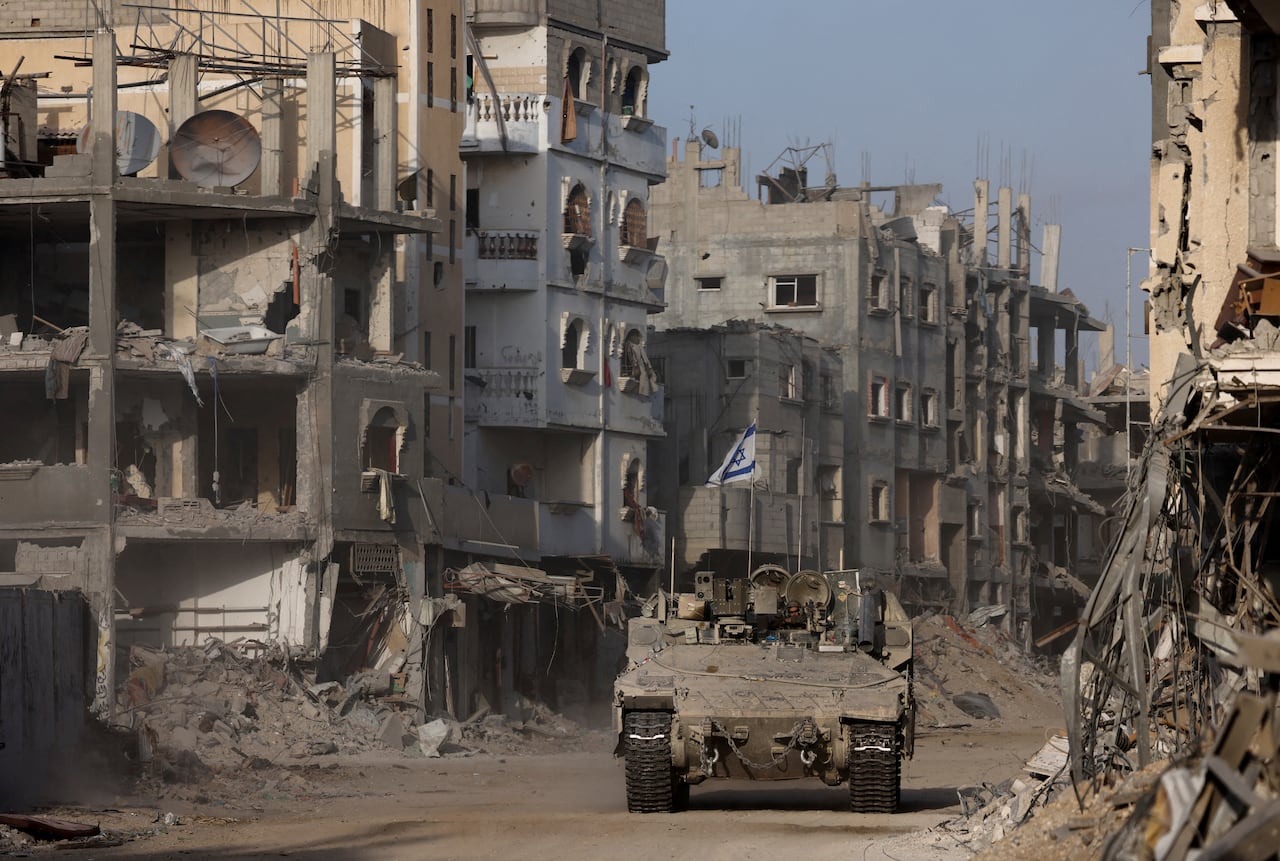
“I’m concerned that until phase two begins, the temporary uncertainty will be a recipe for miscalculations and misunderstandings,” he said in a Zoom interview with CBC News from his home in Raanana, Israel.
“A small provocation from Hamas is met with a disproportionate Israeli response, and before you know it things could spiral out of control“.
The Gaza Ministry of Health reported on Tuesday that seven Palestinians were killed by Israeli fire, including five who were killed while trying to check their homes near Gaza City.
The Israeli army said that it opened fire on individuals who crossed the yellow demarcation line to which the forces withdrew and were approaching them.
Novick said that if the agreement stagnates and the IDF and Hamas remain in control of separate halves of Gaza, friction between them could “derail the entire process.”
He says what gives him some optimism is that the United States It deployed 200 soldiers To monitor the ceasefire from Israel and help support it.
More than 67,000 people have been killed in Gaza since October 7, 2023, according to local health officials. The bombing has destroyed most of the local infrastructure, schools and hospitals, all of which will now need to be rebuilt.
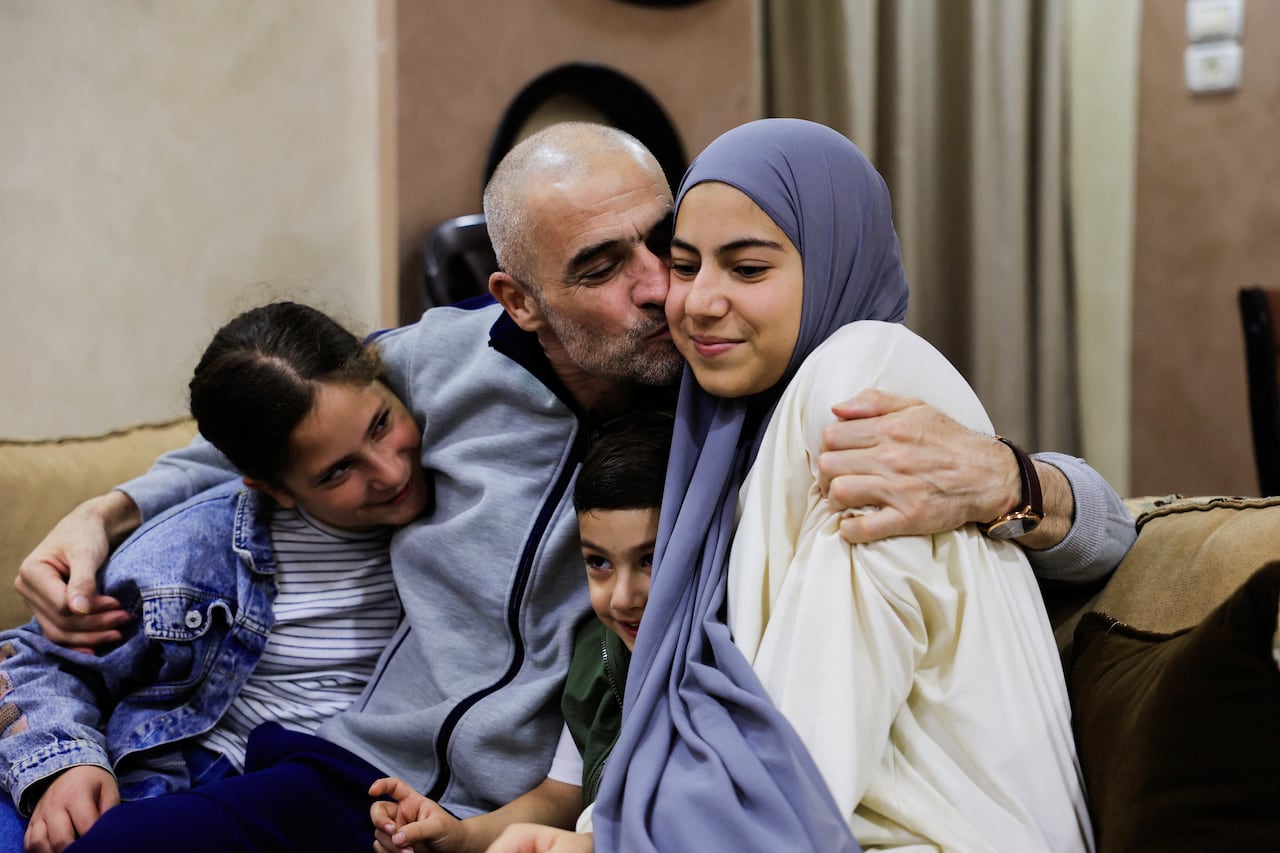
Who will rule Gaza?
On Tuesday, official with United Nations Development Programme He said that European and Arab countries, along with the United States and Canada, pledged US funding worth $70 billion to help rebuild Gaza.
While this process will take several years, there are immediate questions about who will govern it.
Trump’s original plan called for the creation of a “peace council” that would oversee local government. He originally talked about appointing former UK Prime Minister Tony Blair to the board and chairing it himself. But in the last days He was less clear about who it would be.
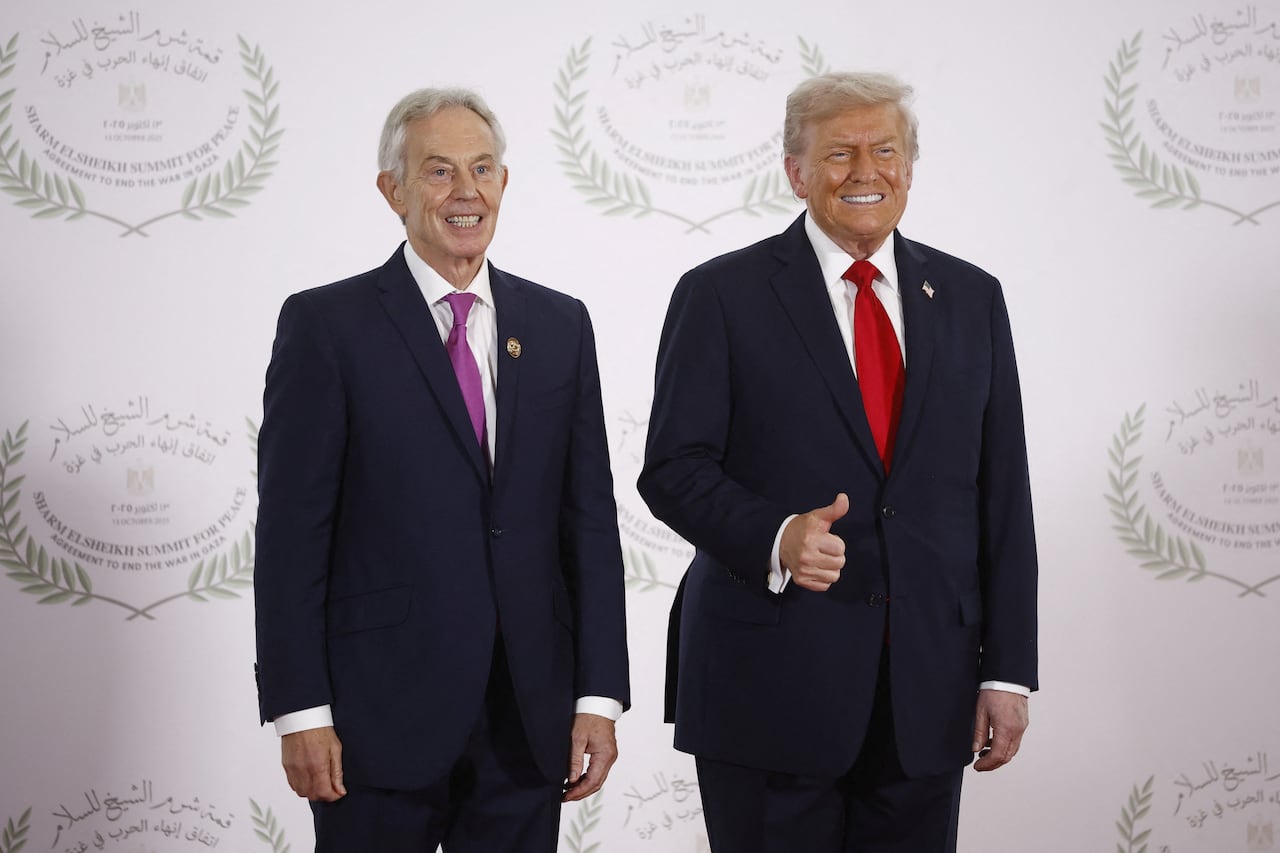
Heba Al-Husseini said in an interview with BBC News: “It seems that this is another colonialism, ignoring what the Palestinians themselves want.”
Al-Husseini, a lawyer based in Ramallah in the West Bank, previously worked as a legal advisor to Palestinian delegations in negotiations with Israel. She says the ambiguous agreement is full of shortcomings.
“More importantly, the Palestinian Authority (PLO) did not participate in negotiating any part of it,” she said, referring to the two organizations that represent Palestinians in the occupied territories and, more broadly, as an umbrella group.
“Moving forward is going to be very difficult.”
https://i.cbc.ca/ais/b72f97f6-120e-4e52-bc48-a0ff37db0150,1760474846483/full/max/0/default.jpg?im=Crop%2Crect%3D%280%2C131%2C2196%2C1235%29%3BResize%3D620
Source link
